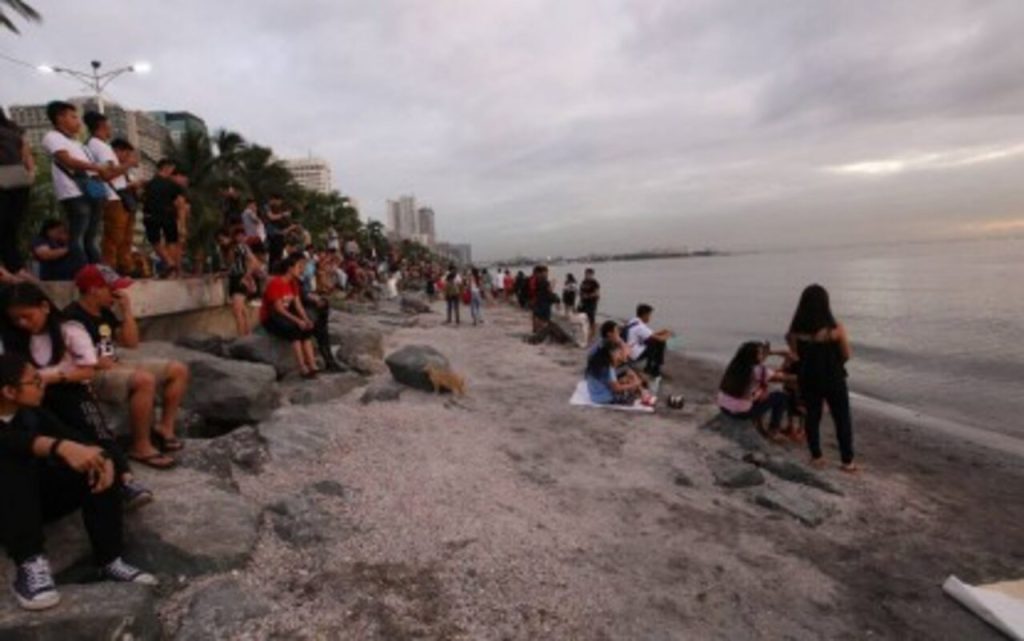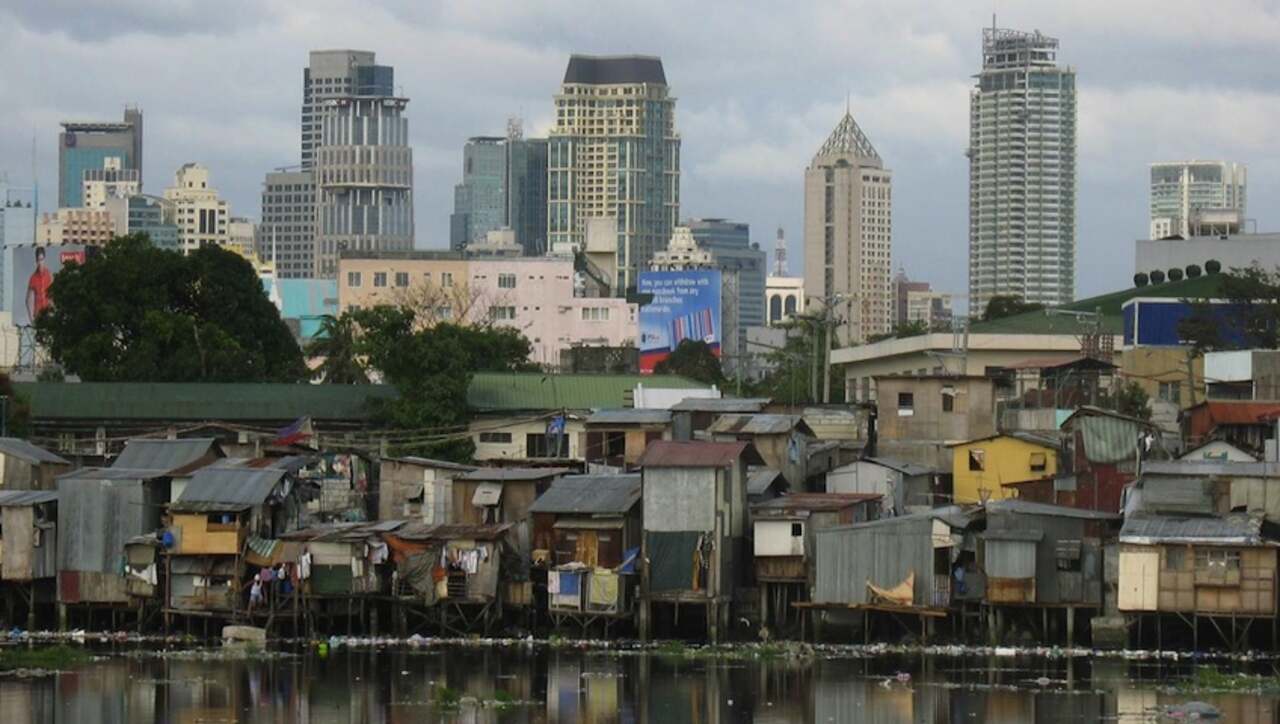The NHA Resettlement Program for Informal Settler Families (ISFs) Affected by the Supreme Court’s Mandamus to Clean-up the Manila Bay Area was launched in response to the 2008 Writ of Continuing Mandamus issued by the Supreme Court. This legal directive ordered 13 government agencies and local government units (LGUs) to clean up, rehabilitate, and preserve Manila Bay, including the removal of structures encroaching upon rivers, esteros, and other waterways. As a result, the program was initiated in 2018 to relocate thousands of ISFs living within the 3-meter easement zones of these water bodies, supporting the broader environmental rehabilitation efforts.
Though the primary goal was to restore water quality in the Manila Bay area, the program was designed to also provide dignified, safe, and sustainable housing solutions for displaced families. It also aims to prevent further encroachment along critical waterways and promote long-term environmental preservation through coordinated resettlement initiatives. Understanding this program is important because it not only addresses urban housing challenges but also supports a nationwide effort to improve public health, environmental safety, and community development in the Philippines.
Background of the Resettlement Program

In 2008, the Supreme Court issued a Writ of Continuing Mandamus, directing 13 government agencies and local government units (LGUs) to clean up, rehabilitate, and preserve Manila Bay. The order also required the removal of structures within the 3-meter easement of rivers and esteros, affecting thousands of ISFs. In response, the NHA implemented a resettlement program in 2018 to relocate displaced families.
Manila Bay Rehabilitation Phases
The rehabilitation program consists of three phases:
- Cleanup and Water Quality Improvement
- Removal of waste from esteros and waterways.
- Inspection and repair of sewer lines.
- Provision of temporary sanitation facilities for ISFs before relocation.
- Rehabilitation and Resettlement
- Repair of old sewer lines in Metro Manila.
- Relocation of ISFs to designated resettlement areas.
- Education and Sustainment
- Public awareness campaigns on maintaining Manila Bay’s cleanliness.
- Continuous law enforcement and monitoring.
Features and Benefits
The program comes with the following features and benefits:
Features
- Relocation to Safe Housing Sites: ISFs affected by the Manila Bay rehabilitation are relocated to government-developed housing sites in safer, non-hazardous areas.
- Basic Utilities and Infrastructure: Resettlement sites are equipped with essential amenities such as electricity, water supply, road access, and drainage systems.
- Access to Social Services: Housing communities are designed to include or have nearby access to schools, health centers, public transportation, and livelihood support.
- Subsidized Housing Assistance: Depending on the resettlement scheme, families may receive financial assistance or benefit from affordable housing amortization rates.
- Coordinated Relocation Support: The program provides orientation, logistical assistance, and coordination with local agencies to ease the transition of families into their new communities.
Benefits
- Improved Living Conditions: Families are relocated from unsafe, flood-prone areas to more secure housing environments with better facilities.
- Support for Environmental Protection: By clearing informal settlements along waterways, the program contributes directly to the cleanup and restoration of Manila Bay.
- Reduced Health Risks: With access to proper sanitation and cleaner surroundings, relocated families benefit from improved public health conditions.
- Enhanced Community Development: New housing sites help foster better community integration, safety, and quality of life for relocated ISFs.
- Long-Term Stability: The program offers ISFs a chance at long-term housing security while supporting the broader goal of sustainable urban development in the Philippines.
Target Beneficiaries
The program is meant to benefit the following groups:
- Informal Settler Families (ISFs) living within the 3-meter easement zones: Families residing along rivers, esteros, and other waterways connected to Manila Bay.
- ISFs affected by the dismantling of illegal structures along waterways: Households displaced due to the removal of structures encroaching upon the identified water bodies and easement zones.
- ISFs from danger zones identified under the Operational Plan for the Manila Bay Coastal Strategy (OPMBCS): Families living in high-risk and environmentally sensitive areas as identified under the government’s rehabilitation plan.
- ISFs residing in Metro Manila and nearby provinces under the Manila Bay area: Beneficiaries include those from National Capital Region (NCR), Region III (Central Luzon), and Region IV-A (CALABARZON).
- Low-income households without formal land ownership or access to decent housing: Families who have long settled in informal communities and do not have the means to acquire secure and adequate shelter.
- ISFs identified and endorsed by concerned Local Government Units (LGUs): Households validated by LGUs and government agencies as eligible for relocation under the Manila Bay cleanup directive.
Eligibility for the NHA Resettlement Program
Families who meet the following criteria may apply for the program:
- Reside within the 3-meter easement of rivers and esteros connected to Manila Bay.
- Have been identified and verified by the Department of Environment and Natural Resources (DENR) or LGUs.
- Are not beneficiaries of previous government housing programs.
- Willing to be relocated to government-designated housing sites.
Required Documents
Applicants need to submit the following documents:
- Barangay certification verifying residence in the affected area.
- Government-issued ID (e.g., PhilSys ID, passport, voter’s ID).
- Certificate of Indigency (if applicable).
- Proof of family income or employment status.
Application Process
To apply, you simply need to follow these steps:
Step 1: Verification and Identification
LGUs, in coordination with the NHA and DENR, conduct surveys to identify eligible ISFs. Families listed in these surveys will be informed about the resettlement process.
Step 2: Documentation Requirements
Gather and prepare the required documents to prove your eligibility and complete your application.
Step 3: Orientation and Agreement
Eligible families must attend an orientation session to learn about the relocation process, available housing sites, and financial assistance options. After the session, applicants must sign an agreement confirming their intent to relocate.
Step 4: Relocation and Housing Assignment
Once approved, families will be assigned a housing unit in designated resettlement areas. The NHA provides assistance in moving to the new location, including transportation and basic necessities.
Resettlement Sites and Housing Assistance
The NHA has developed relocation sites in various provinces, including Bulacan, Cavite, and Laguna. These sites offer basic amenities such as water, electricity, and access to schools and health centers. Financial assistance or housing subsidies may also be provided to qualified families.
Frequently Asked Questions (FAQs)
For your reference, here are some of the most common questions and answers related to this NHA program:
1. Is the resettlement program free?
The program provides government-subsidized housing, but families may need to pay a minimal monthly amortization depending on the housing scheme.
2. What happens if a family refuses to relocate?
Families who refuse relocation may face legal action since the Supreme Court Mandamus requires the removal of structures within restricted areas.
3. Can relocated families return to their original location?
No. The program is designed to permanently relocate ISFs to prevent further encroachment on waterways and ensure the long-term success of the Manila Bay cleanup efforts.
4. How long does the resettlement process take?
The timeline varies depending on the availability of housing units and the processing of documents. Families are advised to comply with requirements promptly to expedite the process.
Video: Groundbreaking and Awarding Ceremonies of the NHA New Housing Projects in Bacoor, Cavite
The NHA Resettlement Program for ISFs affected by the Supreme Court’s Mandamus is a significant effort to rehabilitate Manila Bay while providing displaced families with safe and secure housing. By following the application steps and complying with requirements, affected families can transition smoothly to their new homes and contribute to the ongoing environmental restoration efforts. To learn more, you may check out this awarding ceremony video from The Manila Times:
For more details, visit the official websites of the NHA and DENR or contact your local government office.
